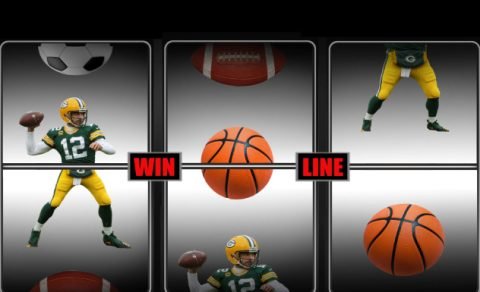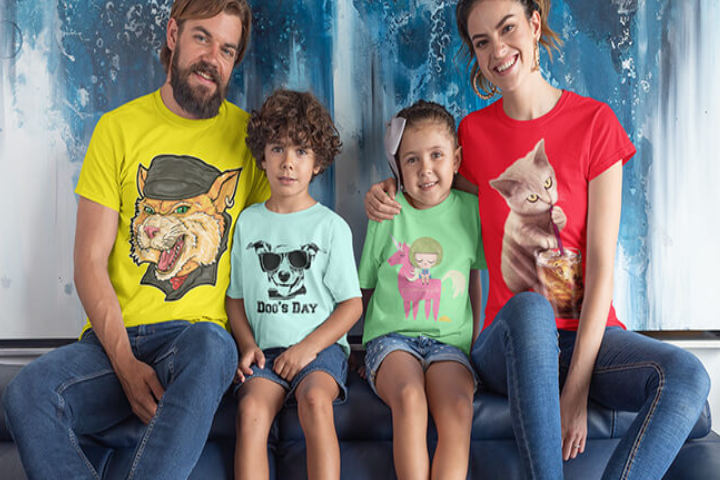When you walk outside, most craft stores will have a variety of designer fabrics to choose from concerning the project in your mind. Creating the custom-printed cloth on your own is fun and will save you money!
When you design and print fabric of your own or according to fashion, you will be able to express yourself with different textile projects, such as homemade clothing or any other textile creation. Unlike screen printing, you can proceed with stamp block printing or an inkjet printer as a digital substitute.
Printing Fabric with Stamps
Creating a stamp for design creation
You need to start by sketching a design on a linoleum block with the help of a pencil. The next option is the twisting of creation before beginning the carving process. Craving uses a knife or carving tool to lessen the block with the remaining structure.
As you are a beginner, start your trial with a simple run. Using an image with few colours and clear lines is a good option before moving towards the more complex image and patterns.
When we consider block print for beginners, squares and triangles are standard designs that can be chosen since they can flap and repeat in geometric designs. The other option is abstract images since it requires less efficiency.
While craving a design, the elevated part will be what is printed on your fabric, and you need to take care of the negative design as well. Moreover, linoleum is the most common material for block printing, while other options include the wood piece, large rubber eraser, or any household item.
Picking up the Paint for the Project
Make up your mind if you want to use one or more colors in the overall design. Also, the paint should be oil-based or be meant for fabric.
There are specific reasons for this, as oil-based paints take longer to get dry but have richer texture. Additionally, the stains are challenging to remove from the fabric, so it will assure you that they will not get washed out quickly.
Fabric paint also works well, but it is not applied to fabrics as smoothly as oil-based paint. Both paints can be washed, but treating your material after printing is advised.
Brushing the paint on the block
Dip the block in paint, but using a foam roller to coat the surface is a good option. This will give more coverage, and you will not end up with large paint spheres. The requirement of an uneven design rather than a uniform pattern can be achieved by using a fine-tipped paintbrush to apply paint.
Try to avoid getting excess paint on the remaining stamp when coating it. This will end up with random streaks of colour. As a beginner, you need to practice using a shredded fabric piece to check for imperfections in your stamp designs.
Pressing your stamp on the fabric
Taking some preventive measures like placing some cardboard beneath the fabric will prevent the ruining of the surface underneath as the excess paint will get absorbed. It is your choice to go for a uniform pattern, and you can recurrently alternate colours and shapes. These include stripes as well as polka dots.
Ensure the stamp is pressed straight down on the fabric and lifted directly for better output. Also, try not to stamp with a different amount of pressure, as it will create a distressed look. This is where your fabric can be customized based on how to promote the stamp.
Allowing the fabric to dry
This step is significant! You don’t have to handle it directly. Otherwise, the ink may bleed. If you want the best results, what you can do is place the fabric gently over a cooling rack before folding it. It will get dry in a few days before the final set.
For the best results, the printed fabric can be soaked after dried in a vinegar bath. When the process is done, the material can be used for anything.
Apart from this, the fabric can also be printed using a computer or an ink-jet printer. In such a case, you will need 100% cotton or silk with a tight fibre weave to get the best resolution as output. This pretreated fabric for printing is available at craft stores.
It’s a step-saver technique, but it can cost you more. Make sure that the printer you are using for commercial printing is the one that can work on dye sublimation Vancouver and pigment ink cartridges.
Printing the fabric is yours, as you are allowed what you want for your material according to your lifestyle!








